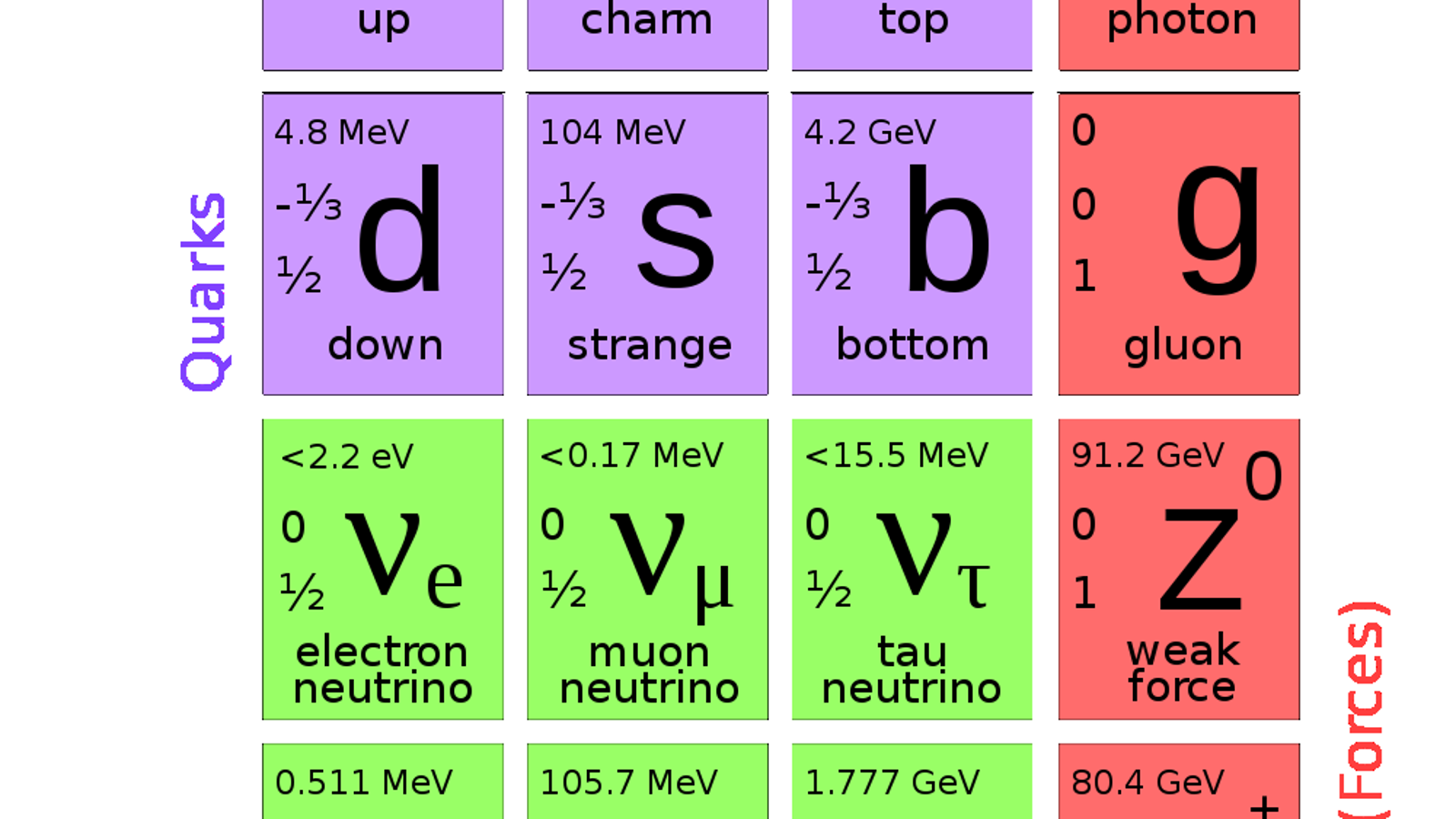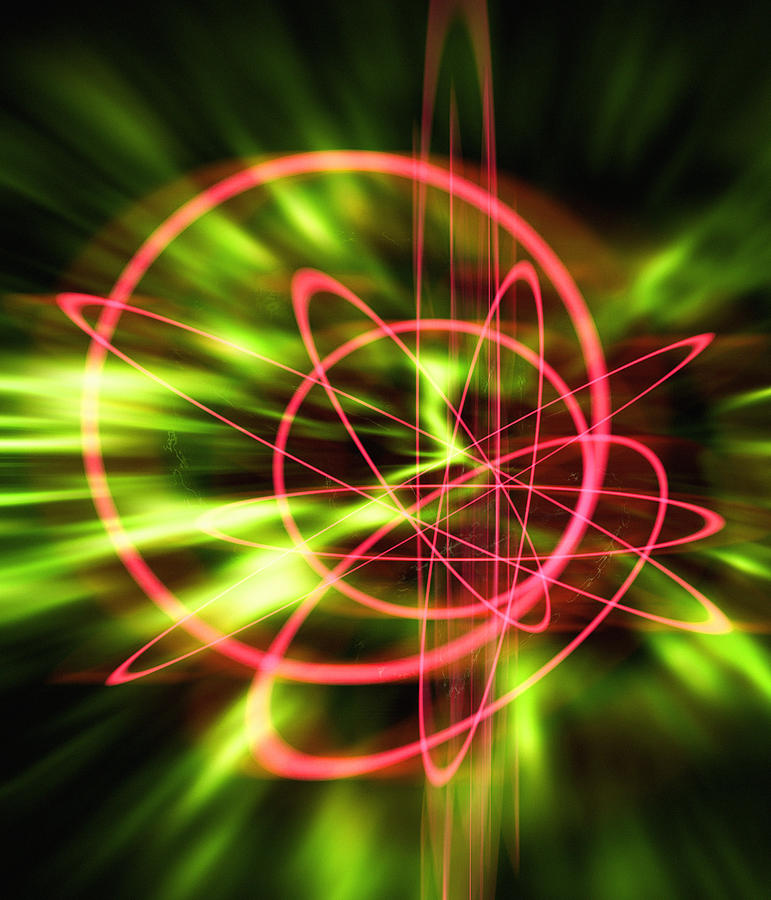

1947: George Dixon Rochester and Clifford Charles Butler discovered the kaon, the first "strange" particle.

Powell discovered the pion (pi-meson), a heavy subatomic particle. 1936: Seth Neddermeyer, with Carl Anderson, discovered the muon, a negatively charged subatomic particle.Anderson's detailed study of energy distribution of cosmic-ray particles led to the discovery of positrons. 1932: James Chadwick discovered the unknown atomic particle which later came to be known as the neutron.1919: Ernest Rutherford discovered protons.1911: The Rutherford experiment by Hans Geiger and Ernest Marsdenresulted in the discovery of atomic nucleus.1900: Paul Villard's experiments in radioactivity led to the discovery of gamma rays.1899: Ernest Rutherford in his gold foil experiment discovered the alpha particle.Thomson while studying properties of cathode rays discovered electrons. 1895: German physicist Wilhelm Conrad Röntgen produced electromagnetic radiation in a wavelength called X-ray.1895: German physicist Victor Schumann discovered ultraviolet radiation below 200nm, which was later identified as photons.The "chemical rays" that he discovered were later called ultraviolet radiation. 1801: Johann Wilhelm Ritter observed that silver chloride transformed faster from white to black when it was placed in a dark region of the Sun's spectrum, close to its violet end.We present a timeline of the discovery of subatomic particles which have solved many mysteries and are the subject of research: To the common man with a basic knowledge of science, subatomic particles are electrons, protons and neutrons, but for the scientific community it is a lot more than that. Both particle and nuclear physics have been experimenting, researching on these miniscule subjects. Subatomic particles are particles smaller than an atom: they may be elementary or composite. Scientists across the world have conducted different experiments to find different subatomic particles.


 0 kommentar(er)
0 kommentar(er)
